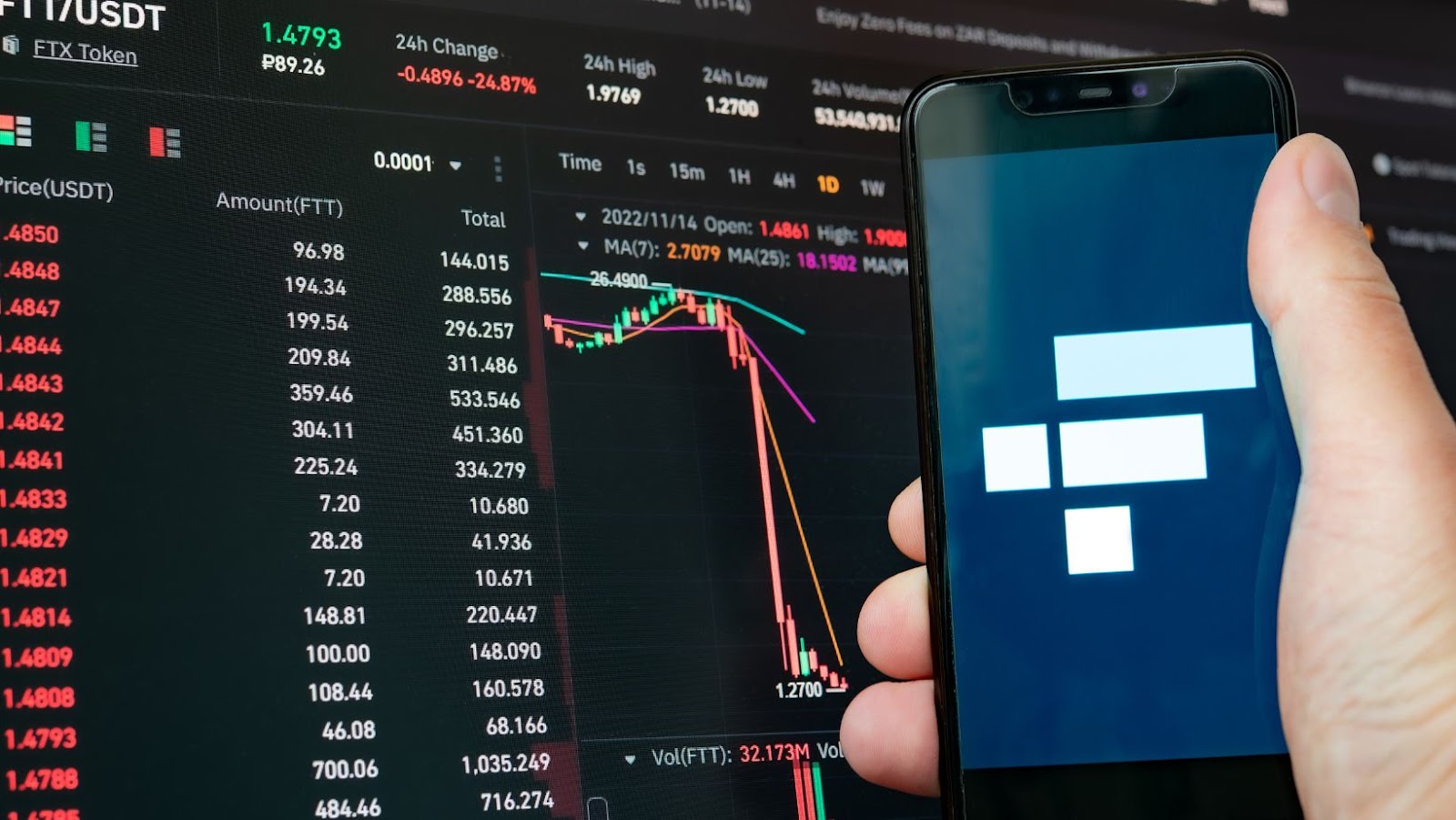In recent weeks, two major shifts in the video-sharing landscape have been announced: YouTube’s decision to limit potential content creators to those with channels that have at least 10,000 public viewers and Apple’s announcement of its new video-sharing service launch, Clips. These changes could bring a sea of opportunity for some and a crowded field of competition for others. Let’s look at how these changes are likely to impact content creators shortly:
Vimeo Announced Some Major Changes
To stay at the forefront of the streaming landscape, Vimeo recently announced some major changes to their platform that could hugely impact the video sharing and streaming industry. From real-time streaming for large audiences to improvements in the clipping and editing process, the changes will help redefine the video sharing landscape.
Let’s take a closer look at the changes and how they could affect video creators:
Pricing Changes
The recent changes to how digital platforms charge fees for video and audio content have significantly altered the industry’s landscape. For digital creators and service providers, it has meant rethinking how they relate to customers, how they make money, and how they consume content.
For example, changes in pricing models can vary depending on platform offerings. Some forms may require payment based on subscription or transaction fees while others may offer ad-supported free streaming. Each platform must decide which model best suits their audience’s needs and the content offered.
Additionally, regulations are becoming more strict in some countries such as Japan and China where video streaming services must be licensed or operated under a stricter framework than other markets. They have also implemented measures requiring appropriate age limits for certain videos, limitations on content downloads once shared, and limits on data sharing between users. As these regulations evolve in different parts of the world, companies must comply with applicable laws and practise safe sharing strategies with their customers.
In summary, changes to pricing models and regulatory frameworks have considerable implications for both users and platforms who share digital media across various countries. Keeping up with such developments will allow companies to stay competitive in the ever-evolving international market for media platforms.
Feature Changes
Today, many video sharing platforms are constantly evolving to better serve their users and to stay competitive. Over the past year, these platforms have unveiled a series of feature changes that will drastically alter the way users interact with these platforms. Below are some of the changes that have been implemented:
- Expansion of Content Type: Most video sharing sites now allow for a variety of content formats, including live streaming, user-created videos, and motion graphics. This has enabled users to share more diverse content across different channels.
- Improved Video Quality: Advances in technology have allowed for high-resolution HD videos up to 8K resolution with immersive soundtracks. Streaming services can offer viewers a much improved viewing experience with these advances.
- More Features and Options: Many sites have implemented new features such as virtual reality integration and augmented reality support for immersive experiences and captioning options for viewers who are deaf or hard of hearing. Some sites also offer customization options such as adjusting bitrates or changeable quality-of-service parameters so videos can be tailored to one’s taste or device type.
These changes reflect a growing trend towards providing an ever increasing wealth of interactive experiences and user options within the world of social media video sharing services while striving to provide their users with the highest quality visuals and most immersive interactive experiences possible each time they engage with their platform.
Impact on Video Creators
Vimeo recently announced major changes to their platform which have stirred up the video creator landscape. These changes have brought about both advantages and inconveniences for video creators.
In this article, we will explore how these changes have affected video creators and the implications for the future video sharing landscape.
Increased Costs
The impact of the media giant’s changes to the video-sharing landscape will be felt most strongly by video creators. A main concern is the cost. The current system allows content creators to monetize their videos with ads, but the new model will reduce their total revenue.
Content creators are likely to incur increased fees for using a third-party platform and obtaining premium advertising placements and in-video marketing opportunities. Creators may also be subject to additional fees for access to a variety of tools and services, such as:
- Analytics and user data tools
- Casting libraries
- Library cataloguing features
- Studio access
- Sound design capabilities
These expenses could cause some content creators to become hesitant about continuing to produce quality videos or rely on platforms like YouTube for major distribution of their work.
Additionally, media companies with deep pockets may now have an edge in obtaining top advertising spots due to the new system’s pricing structure.

Companies with budgets large enough could speed up their presence on YouTube by outbidding smaller production teams who don’t have similar financial capabilities in order to gain premium advertising placement or other advantageous opportunities. This uneven playing field means greater competition among production teams of all sizes, resulting in higher costs that must be passed along to viewers through fee-based subscriptions or other means.
Access to New Features
The changes proposed by YouTube will have far-reaching implications for video content creators who use the platform for entertainment, brand building, and marketing. With the proposed changes on YouTube, content creators can utilize QR codes within their videos to enhance user engagement and revenue by providing easy access to customized content, exclusive offers, or additional information.
For many of these creators, access to new features will be huge. Advanced customization options have been promised to allow users to tailor their channel experiences to better reflect their individual goals. This would include the ability to customise video thumbnails, end screens, links from watch pages, playlist headers, and more. With these tools, content makers can optimise their channels for higher user engagement and more revenue.
In addition, creators will soon have access to a suite of analytics data that can provide real-time insights on audience viewership and engagement metrics such as what type of content works best on the platform. This could be valuable information as they create strategies to reach their target audience. It may also help them determine when a new set of videos should be released or which topics tend to generate the most traction.
Finally, the changes sought by YouTube could open up an array of other opportunities for content makers through greater collaboration with top brands in different industries or even tie-ups with potential investors or sponsors who may wish to fund their endeavours in exchange for advertising rights or product placement within videos. Such deals could introduce life-changing income streams for independent producers as well as professional studios alike if negotiated wisely.
Impact on Video Consumers
When Vimeo announced its major changes, the nature of the video sharing landscape quickly changed. This was due to the shift from ad-supported streaming to subscription-based streaming. As such, consumers will have to make some adjustments to their viewing habits and budget decisions.
The following article will analyse the expected impact that these changes may have on video consumers.
Increased Costs
In the wake of recent changes to video streaming services, many content creators are now facing increased costs due to increased requirements. As a result, companies have increasingly been adding more features and options that require extra effort and resources from content creators. This includes extra costs for things like transcoding, encoding and hosting – which can quickly add up, especially for smaller platforms.
Additionally, creators may be managing monetization options such as subscription fees that accompany certain features. This can result in higher operating costs that they may not be able to support in the long run. Furthermore, added terms from platforms such as YouTube can further stifle creative freedom by limiting what content is allowed on their platform, which affects freedom of expression and can inhibit creativity overall.
Other than monetary implications, changes to the video streaming industry may also come with additional challenges. Content creators already face discrimination and algorithmic biases regarding updates for social media sites such as YouTube or Facebook. With more stringent rules dictating what is permissible on their platforms, the situation might worsen for those who produce videos outside of popular topics or formats deemed acceptable by a platform’s algorithm or screeners. In addition, other safety threats exist concerning safeguarding user data and protecting one’s copyrighted material from others using it without proper licensing or credit where it is due.

The ever-changing landscape of video streaming means content creators must continually evolve to stay successful or even exist within this ecosystem.
Access to New Features
Video consumption has grown exponentially over the past few years, with streaming services and platforms such as YouTube, Twitch, and Vimeo at the forefront. Therefore, it’s no surprise that companies are quickly finding new ways to engage their users to meet this increasing demand. We’ll see many changes shortly in response to consumer feedback for improved control and customization.
For example, access to new features such as live streaming capabilities or increased control over content moderation will be available for users—and some services may even start offering pay-per-view options.
By giving consumers more control over how they consume media—such as through improvements in personalization options, greater access to premium content via subscription tiers or purchasing individual pieces of content—video providers can increase user engagement and retain customers. Additionally, streamers can reward viewers with better experiences through programmable rewards like exclusive content or offers such as special access or discounts on merchandise. With these updates, providers are also aiming to make their services more secure by ensuring privacy settings are great while offering a variety of tools and features that allow greater control over who views videos and how they interact with them.
Impact on the Video Sharing Industry
After Vimeo announced some major changes, it has caused ripples in the video sharing industry. These changes can greatly impact how video sharing will look shortly.
This section will explore the different implications of Vimeo’s changes and how other video sharing platforms will be affected by these changes:
Increased Competition
The entrance of new players into the video sharing industry has led to an increase in competition. This high competition puts pressure on established players such as YouTube, Vimeo and Dailymotion. As a result, these companies are forced to invest more heavily in their platforms to provide superior technology, content and services. They must also focus on strategic partnerships, alliances and acquisitions to remain competitive and ahead of their rivals.
The pressure from increased competition will likely lead to consolidation within the industry as larger corporations purchase smaller players or develop content syndication partnerships with them to maintain market share. As a result, we may start seeing some previously independent sites become part of larger organisations or even integrated through shared technology or cross-platforms promotions campaigns.
The entry of new players can also be seen as an opportunity for existing video sharing sites; if they can capitalise on the increased interest in sharing video content, they could potentially capture more viewers and gain a larger foothold in the industry. Additionally, by incorporating new technologies into their platforms or creating marketing campaigns geared towards specific demographics, these companies could potentially increase their user base while maintaining loyalty among existing users.

Improved user experience is also key; customers will be looking for improved quality streaming media, better navigation systems and more personalised recommendations that use algorithms based on user preferences and behaviours. These changes would help bring about a better user experience for current and potential customers.
Impact on Market Share
The video sharing industry is undergoing a rapid transformation, with the emergence of new players and shifts in competition, consumption patterns and business models. The changes are expected to have considerable implications for the market share of major players who currently dominate the industry.
With the emergence of a greater range of streaming services such as Netflix, Apple TV, Disney+ and others, competition in the streaming market has intensified substantially. These platforms are competing for exclusive content deals and offering new features or different pricing models to appeal to customers. This could lead to increased market share gains for these companies at the expense of established players such as YouTube and Facebook Watch who held a majority stake in the industry prior to 2018.
Additionally, there has been an increase in demand for premium streaming services that offer high quality content produced exclusively for their service. These new streaming providers have proven highly successful at tapping into existing customer segments as well as creating entirely new ones with their lower prices and engaging content offerings. This could see traditional television and OTT providers suffer significant losses in viewership or be forced out of the market completely by these more competitive alternatives.
Finally, newer entrants such as YouTube Originals Capital are challenging larger platforms through creative strategies that offer improved experiences for viewers without putting significant strain on budgets within media companies. By co-producing online video series with top talent from different industries this platform seeks to provide a unique viewing experience that will attract large audiences at comparatively low production costs without sacrificing content quality or impact potentials for viewers. It remains to be seen how successful this strategy will be. Still, it seems likely that it can provide an added sense of entertainment, education or inspiration which could grab a part from larger competitors like Netflix who lack these features.
Conclusion
The video-sharing landscape changes, such as those discussed in this article, are important for stakeholders to be aware of. Whether it be the new regulations that platforms such as YouTube and TikTok need to abide by or the shifts in public perception and user behaviour that have occurred due to Covid-19, stakeholders will need to consider these changes when formulating their strategies.
The move towards user generated content appears to be happening on all major video platforms worldwide. As a result, platforms across the video sharing industry must prepare to capitalise on this trend, regardless of whether they have viewers watching short clips or longer formatted programming, so as not to find themselves left behind watching their rivals attract a larger portion of available advertising budgets. Doing post-Covid market research and staying up-to-date with what is happening across all fronts might help them do that!
Furthermore, looking at other industries for best practices may benefit those trying to predict which direction the future of social media will take from here. For example, new vertical areas could become relevant within popular platforms that might partially replace traditional television establishments. Keeping abreast of these developments and adapting accordingly should help businesses overcome these changes and differentiate themselves from their competitors in a rapidly evolving market.
tags = vimeo major changes, bandwidth policy, vimeo demanding large sums of money, hosting their videos on the platform, qa vimeo anjali ott tvpatel theverge, qa vimeo ceo ott tvpatel theverge, qa vimeo sud ott tvpatel theverge, vimeo ceo sud ott tvpatel theverge, vimeo anjali sud tvpatel theverge, vimeo anjali ott tvpatel theverge, qa vimeo ceo tvpatel theverge, vimeo sud ott tvpatel theverge, vimeo ceo ott tvpatel theverge, new policies replace nebulous terms, monthly bandwidth use is a flat 2TB, vimeo transparency

